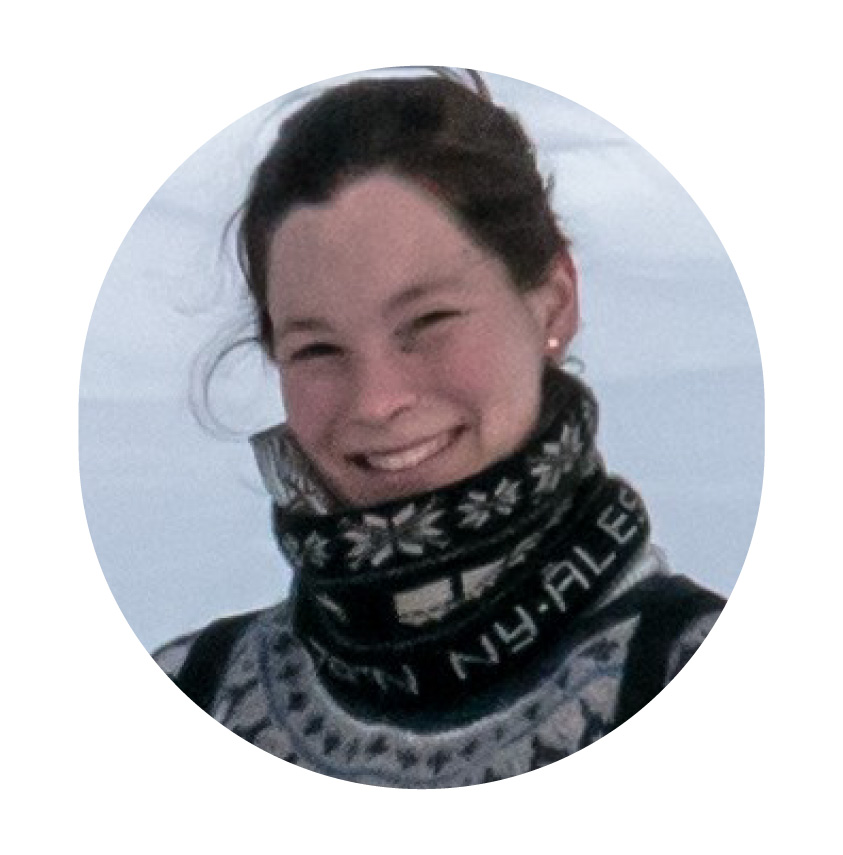MAY 7
SCIENTIFIC WORKS
Simulating phytoplankton impact on a bloom with mesocosms
To investigate the influence of warmer temperatures on overwintering mode in surface sediments, teams from Uni Konstanz and AWI are conducting experiments in the lab and fjord. We overwintered sediments at different temperatures and are now waking them up under different conditions.

During the dark months, many plankton species overwinter by forming resistant resting stages that sink to the seafloor and wait in the sediments there for better times, like flowers do with their seeds. In the spring when light comes back, they revive from their “sleep” and help initiate the phytoplankton spring bloom.
The influence of warmer temperatures on this overwintering mode in surface sediments is unknown. To investigate this, teams from Uni Konstanz and AWI are conducting experiments in the lab and fjord. We overwintered sediments at different temperatures and are now waking them up under different conditions to find out how these treatments influence the species composition and biomass buildup.
While this experiment is still running, we can already see that different species become dominant when waking up from differently warm simulated winters – and could therefore cause very different blooms.
Next, we are taking these germinated phytoplankton cultures to simulate their impact on a bloom in mesocosms – large, floating 500L containers filled with fjord water that can be manipulated with different treatments, so it is a great in-between of natural and controlled conditions. In the fourth photo you can see how we brought them out to the harbor by car, and in the photo after that meet the mesocosm filling team. We add cultures that have germinated under different conditions to find out more about the influence of potential shifts on spring bloom.
We needed to fill the mesocosms before the bloom in the fjord starts, but we ran into trouble with our timeline because of strong west-winds continuously pushing ice into the fjord, which you can see in the last photo. This prevented us from leaving the harbor and installing the setup. Last week, the wind finally changed and we could fill the mesocosms with local phytoplankton – just in time before the bloom begins. They are now happily floating in the harbor and in the next 2-3 weeks we will closely monitor what is happening inside.
We needed to fill the mesocosms before the bloom in the fjord starts, but we ran into trouble with our timeline because of strong west-winds continuously pushing ice into the fjord, which you can see in the last photo. This prevented us from leaving the harbor and installing the setup. Last week, the wind finally changed and we could fill the mesocosms with local phytoplankton – just in time before the bloom begins. They are now happily floating in the harbor and in the next 2-3 weeks we will closely monitor what is happening inside.
Scientists Involved









